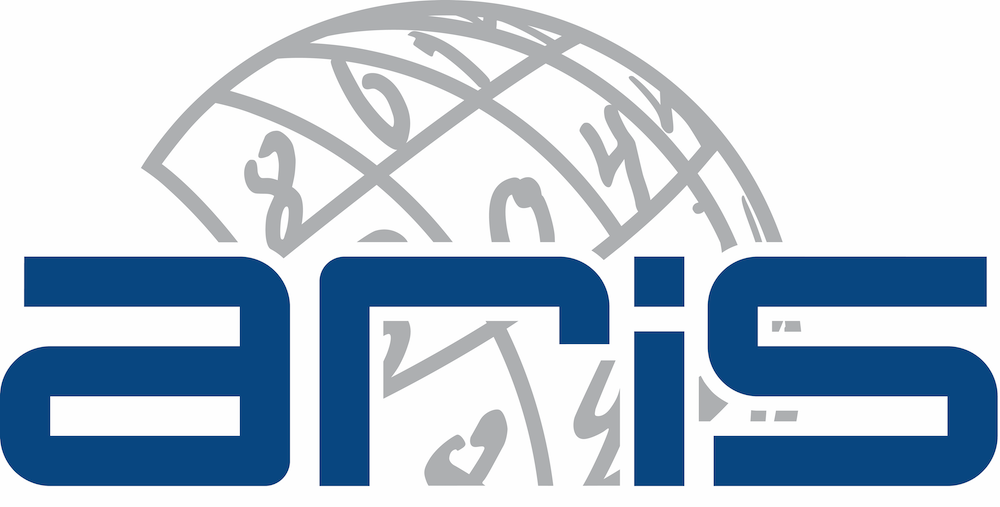Journal of Information Technology in Construction
ITcon Vol. 30, pg. 778-806, http://www.itcon.org/2025/32
From informative to co-design: the role of immersive Virtual Reality for user-involvement in healthcare facility design
| DOI: | 10.36680/j.itcon.2025.032 | |
| submitted: | September 2023 | |
| revised: | April 2025 | |
| published: | May 2025 | |
| editor(s): | Robert Amor | |
| authors: | Shahin Sateei, PhD student,
Department of Architecture and Civil Engineering, Chalmers University of Technology, Sweden shahin.sateei@chalmers.se Mattias Roupé, Associate Professor Department of Architecture and Civil Engineering, Chalmers University of Technology, Sweden mattias.roupe@chalmers.se Mikael Johansson, Researcher Department of Architecture and Civil Engineering, Chalmers University of Technology, Sweden jomi@chalmers.se | |
| summary: | The design of a new hospital is often recognized as a complex process involving diverse stakeholders, where the outcome directly impacts healthcare operations. To improve these outcomes, collaborative practices such as participatory design and co-design are frequently used to gather end-users’ wants, needs, and operational knowledge. Recently, immersive Head-Mounted-Display (HMD) Virtual Reality (VR) has emerged as a tool that can enhance these processes by offering a better understanding of spatial scale and design details compared to traditional visual representations. However, while previous studies have focused on how immersive HMD VR improves spatial comprehension during design reviews, less attention has been paid to how specific interactive features—such as object interaction and multi-user capabilities—can facilitate collaboration and accelerate problem-solving. This paper aimed to gain an understanding of how these interactive features in immersive HMD VR can support various collaborative practices in hospital design projects. We present findings from six real-life hospital projects, spanning multiple design phases and utilizing different immersive HMD VR systems, to explore how interactive features affect user understanding, involvement, and engagement. Our results reveal that in the two cases where both object interaction and multi-user capabilities were available, participants could in real-time iteratively adjust layouts, including structural elements and loose furnishings, to test scenarios simulating real-world workflows. This enabled them to explore multiple spatial configurations and evaluate their impact on functionality. Multi-user collaboration facilitated simultaneous design reviews, promoting task-driven design evaluations and reducing revision lead time from weeks to hours. In cases where only free exploration of the virtual environment was available, participants primarily used immersive HMD VR to identify previously unrecognized design issues, evaluate sightlines, test logistical flow, and gain a clearer understanding of room scale. These insights highlight how varying levels of interactivity in the virtual environment impact user engagement, spatial understanding, and collaborative design processes. Additionally, we propose a classification framework for end-user involvement in VR-supported design reviews. | |
| keywords: | Virtual Reality, design review, collaborative practice, interactive features, user- | |
| full text: | (PDF file, 3.529 MB) | |
| citation: | Sateei S, Roupé M, Johansson M (2025). From informative to co-design: the role of immersive Virtual Reality for user-involvement in healthcare facility design, ITcon Vol. 30, pg. 778-806, https://doi.org/10.36680/j.itcon.2025.032 | |
| statistics: |





